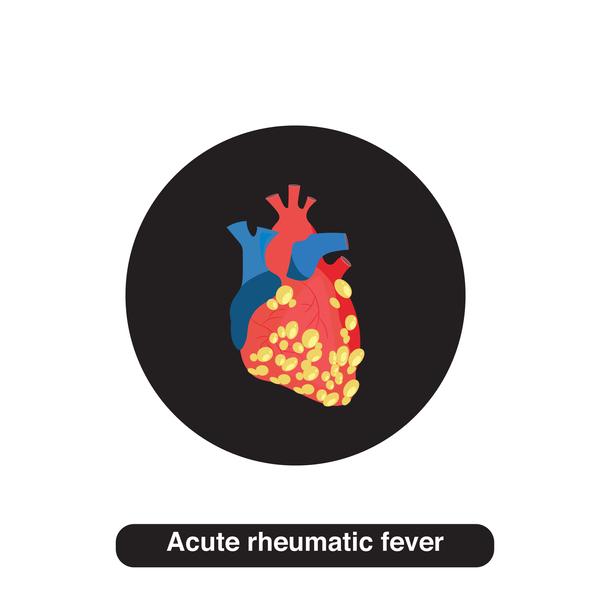Australia’s First Nations populations are among the world’s highest sufferers of acute rheumatic fever (ARF) and rheumatic heart disease (RHD), yet only one in five patients received treatment in 2019.
Flinders University’s Associate Professor Amanda Müller and Kerissa Govender have conducted research that shows the need for a national RHD register to improve timely treatment of these two diseases among Aboriginal and Torres Strait Islander populations, which also must involve more effective pain management and better involvement with patients.
To achieve such outcomes, Associate Professor Müller and Kerissa Govender say it is essential for First Nations people to be involved in forging solutions to improve their health care and education about these diseases.
The prevalence of ARF and RHD among Australia’s First Nations populations account for 95% of the 2,244 ARF notifications recorded between 2015 and 2019 in Australia.
It’s a serious problem, but one that can – and should – be rectified. ARF is the result of an autoimmune response to A streptococcus infection. Left untreated, rheumatic fever can progress to RHD, an inflammatory process that can cause acute inflammation of cardiac muscle and cause chronic fibrosis of the cardiac valves, which often requires surgical intervention.
Screening and diagnosis of ARF can be challenging for health practitioners, because there is no single test or procedure to diagnose it. Instead, ARF is screened and diagnosed through the assessment of a person’s past medical history, physical examination and laboratory tests – and the combination of shortcomings in these areas for people in First Nations communities has had a telling effect in the high numbers of ARF and RHD incidences.
Critical existing obstacles to effective treatment include problems with patient databases and recall systems, clear records of patient and family health characteristics, adequate access to service delivery location, sufficient education (including language barriers between patients and health professionals), the quality of patient-clinician relationships, and the pain of injection thwarting the willingness of many patients to be screened.
The researchers conclude that the introduction of a national RHD register must also be coupled with a change in operation model, improved pain management, improved education, and need for consistent personnel to be performing ARF screening with First Nations people.
The research – “Secondary Prophylaxis Among First Nations People with Acute Rheumatic Fever in Australia: An Integrative Review”, by Kerissa Govender and Amanda Müller – has been published in the Journal of Trancultural Nursing. https://doi.org/10.1177/10436596231191248










